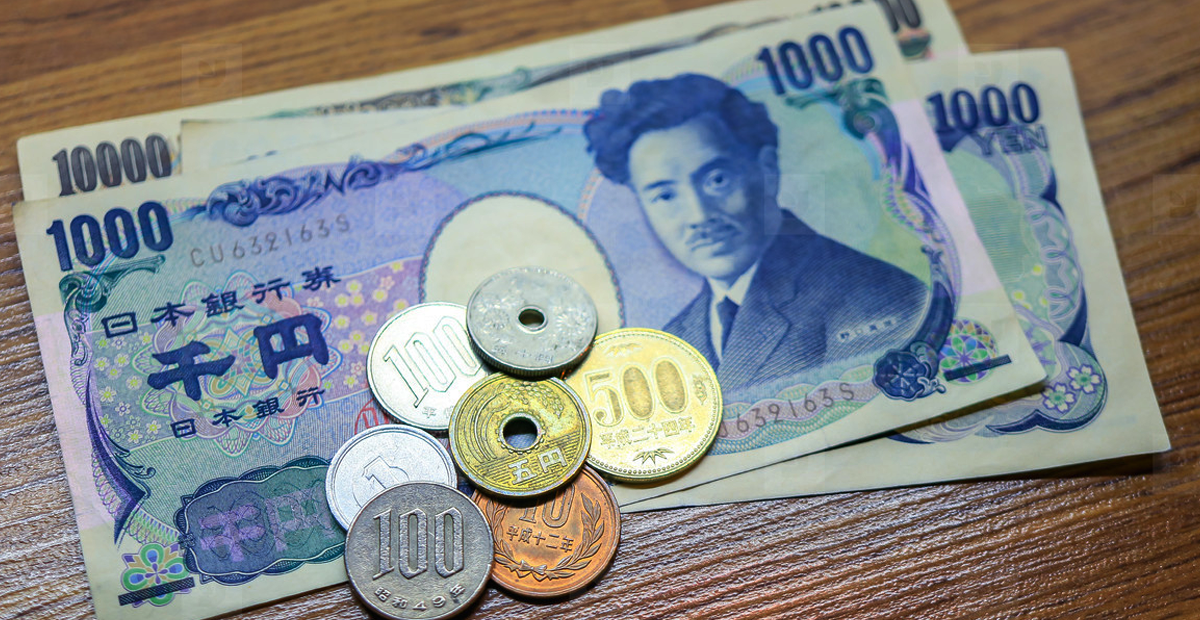EUR/JPY Rises Above 167.50 After BoJ Rate Decision
The EUR/JPY currency pair soared to its highest level since 2008, reaching 167.20 during the Asian trading session on Friday. This significant rise is largely attributed to the depreciation of the Japanese Yen (JPY) following the Bank of Japan’s (BoJ) latest policy announcement.In its April meeting, the BoJ opted to maintain the key interest rate at 0%, aligning with market expectations. This decision came after a notable rate hike in March—the first since 2007—which marked the end of Japan’s negative interest rate policy initiated in 2016.
The BoJ also updated its economic forecasts, suggesting that inflation is expected to hover near its 2% target for the next three years. This outlook hints at the possibility of further rate increases later this year as the central bank remains committed to adjusting its monetary stance to sustain economic growth and price stability.
Additionally, the BoJ reaffirmed its commitment to purchasing government bonds at a rate of approximately 6 trillion yen ($38.45 billion) per month, as set out in its March guidance.Following these developments, the JPY saw a decrease in demand compared to the Euro (EUR), as traders reacted to the central bank’s stance and the broader economic signals.
Simultaneously, data from Japan indicated a slowdown in inflationary pressures within Tokyo. April’s Consumer Price Index (CPI) for Tokyo showed a year-over-year increase of 1.8%, a decline from the previous 2.6% rise. The core CPI, excluding fresh food and energy, also increased by 1.8% year-over-year, falling short of the expected 2.7% and down from 2.9% in the prior period.
These figures, representing a significant drop in inflation rates, also contributed to the weakening of the JPY as a traditionally safe-haven asset.Meanwhile, in Europe, discussions around monetary policy are also shaping market dynamics. European Central Bank (ECB) policymaker Joachim Nagel recently voiced support for a potential rate cut in June, although he clarified that such a move would not necessarily lead to a series of further cuts. Additionally, ECB official Fabio Panetta expressed that modest rate reductions could mitigate the risk of prolonged economic stagnation within the eurozone.
These contrasting monetary policies and economic indicators in Japan and Europe are pivotal in driving the EUR/JPY exchange rate, reflecting broader economic trends and central bank strategies in both regions. As such, investors and traders continue to monitor these developments closely, adjusting their strategies in response to shifts in central bank policies and macroeconomic data.

.webp)




